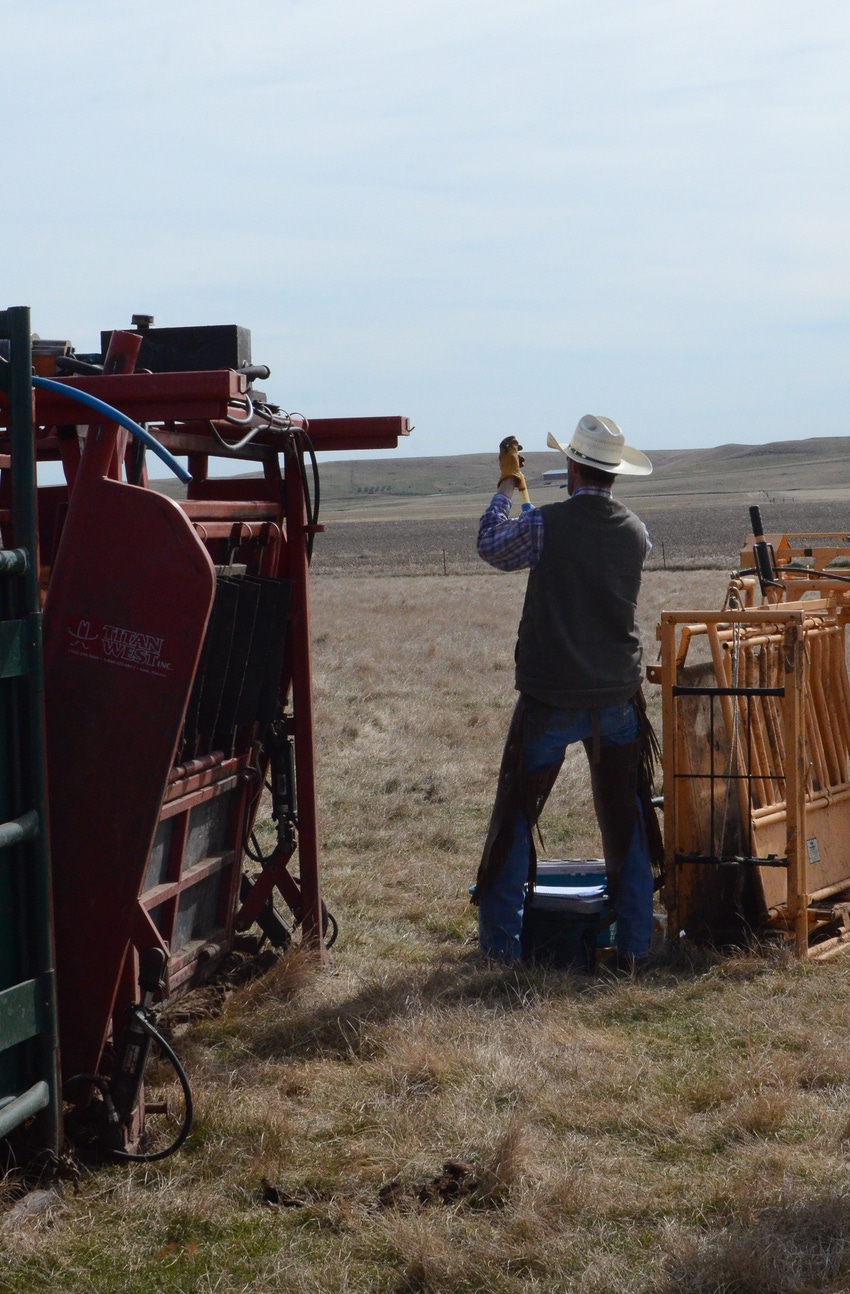7 tips to help you develop a treatment protocol plan for your cattle
It’s time to get with your veterinarian to review, revise or – if one does not exist – develop a treatment protocol plan for your cattle operation.
May 18, 2017

By Donald Stotts
Some may consider a treatment protocol plan as something feedyards and larger stocker operations do; however, it is a valuable management practice for large and small cow-calf producers as well and a key part of the Beef Quality Assurance (BQA) program.
“A treatment protocol plan is easy to do, straightforward and takes guesswork and faulty memories out of the equation,” says Dana Zook, Oklahoma State University Cooperative Extension area livestock specialist.
Simply put, write out a plan for what treatment or treatments are to used when cattle get sick for various reasons, making sure to also include follow-up dates and practices as well as possible alternative treatments if the initial treatment does not produce the desired result. The plan should be reviewed annually.
“As you update the protocol plan, previous versions should be kept on file so that you can refer back to treatments that have worked in previous situations,” Zook says. “Be sure to keep the treatment protocol plan on file where those who need it can find it easily. Putting it in a file cabinet is not automatically the best place on a ranch.”
Advice many find useful is to consult with your veterinarian when writing the plan.
Treatment records are important because:
● Cattle not responding to therapy may require a delayed drug clearance, and good records would indicate if this were the case; and
● Extra-label drug usage is only permitted under FDA guidelines involving a veterinarian-client-patient relationship, making individual animal identification and treatment records paramount.
Barry Whitworth, veterinarian and OSU Cooperative Extension food animal quality and health specialist, says the treatment protocol plan tells the consulting veterinarian what treatments are being applied, enabling them to make sure treatment recommendations are being followed and allowing them to judge whether or not treatment regimens need to be adjusted.
Whitworth and Zook say treatment records should include:
● Individual animal/group identification;
● Date treated;
● Product administered and manufacturer’s lot/serial number;
● Dosage used;
● Route and location of administration;
● Earliest date the animal will have cleared the withdrawal period; and
● Name of the person administering the product.
“All cattle, including dairy beef shipped for harvest, should be checked by appropriate personnel to assure that all prescription withdrawal times for animal health products administered have been met or exceeded for animals that have been treated,” Whitworth says.
In addition, a copy of all processing and treatment records should be transferred with cattle to the next production level.
“Prospective buyers need to be informed of any cattle that have not met recommended withdrawal times,” Whitworth said.
Stotts writes for the Department of Agricultural Sciences and Natural Resources at Oklahoma State University.
You May Also Like


.png?width=300&auto=webp&quality=80&disable=upscale)
